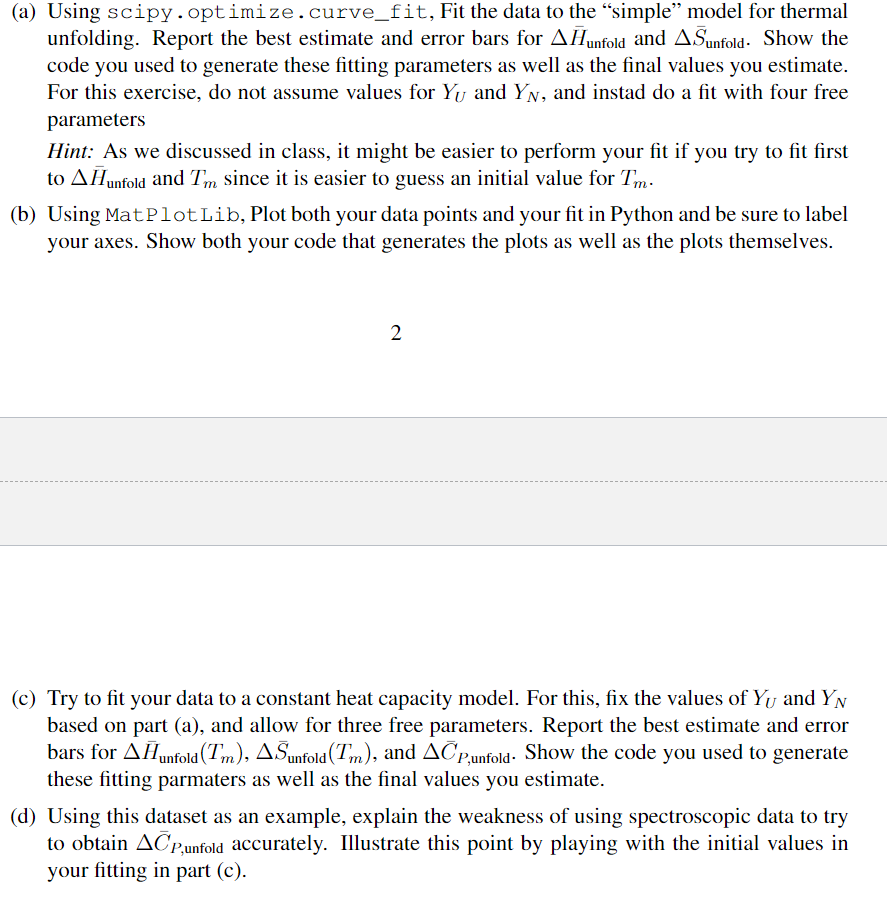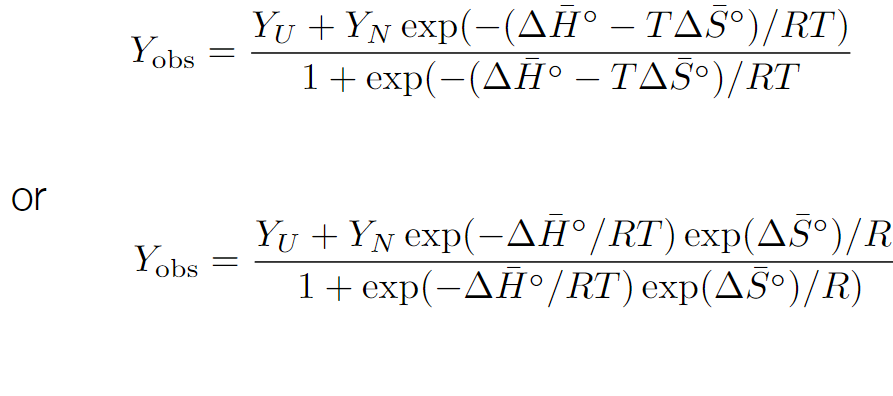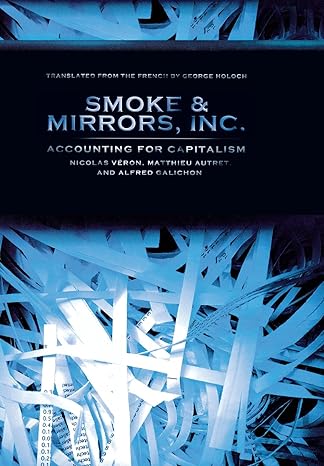Question
Temp Ellipticity/Y(obs) 49.998 -51.563 50.491 -51.393 50.991 -50.954 51.481 -50.98 51.991 -51.211 52.481 -51.265 52.991 -51.297 53.481 -50.983 53.981 -51.112 54.48 -51.039 54.99 -50.94 55.49


Temp Ellipticity/Y(obs)
49.998 -51.563 50.491 -51.393 50.991 -50.954 51.481 -50.98 51.991 -51.211 52.481 -51.265 52.991 -51.297 53.481 -50.983 53.981 -51.112 54.48 -51.039 54.99 -50.94 55.49 -50.724 55.98 -51.117 56.48 -50.171 56.99 -50.847 57.49 -50.705 58. -51.075 58.489 -50.143 58.989 -50.384 59.499 -50.336 59.999 -49.883 60.498 -50.114 60.998 -49.075 61.488 -49.131 61.988 -48.916 62.498 -48.584 62.987 -47.671 63.488 -47.429 63.98 -46.919 64.484 -46.1 64.987 -45.327 65.48 -43.388 65.984 -43.262 66.487 -41.433 66.99 -40.344 67.483 -39.064 67.986 -37.936 68.489 -36.36 68.992 -35.178 69.487 -33.964 69.989 -32.692 70.492 -32.513 70.983 -31.502 71.486 -31.144 71.998 -30.24 72.48 -29.898 72.992 -29.765 73.494 -29.245 73.996 -28.79 74.488 -28.811 74.98 -28.721 75.492 -28.518 75.998 -28.332 76.482 -28.198
76.986 -28.244 77.481 -28.065 78.015 -27.887 78.49 -27.857 78.964 -27.853 79.489 -27.727 79.983 -27.672
(a) Using scipy. optimize.curve_fit, Fit the data to the "simple" model for thermal unfolding. Report the best estimate and error bars for Hunfold and Sunfold.. Show the code you used to generate these fitting parameters as well as the final values you estimate. For this exercise, do not assume values for YU and YN, and instad do a fit with four free parameters Hint: As we discussed in class, it might be easier to perform your fit if you try to fit first to Hunfold and Tm since it is easier to guess an initial value for Tm. (b) Using MatP lotLib, Plot both your data points and your fit in Python and be sure to label your axes. Show both your code that generates the plots as well as the plots themselves. 2 (c) Try to fit your data to a constant heat capacity model. For this, fix the values of YU and YN based on part (a), and allow for three free parameters. Report the best estimate and error bars for Hunfold(Tm),Sunfold(Tm), and CP,unfold. Show the code you used to generate these fitting parmaters as well as the final values you estimate. (d) Using this dataset as an example, explain the weakness of using spectroscopic data to try to obtain CP,unfold accurately. Illustrate this point by playing with the initial values in your fitting in part (c). YobsYobs=1+exp((HTS)/RTYU+YNexp((HTS)/RT)=1+exp(H/RT)exp(S)/R)YU+YNexp(H/RT)exp(S)/P (a) Using scipy. optimize.curve_fit, Fit the data to the "simple" model for thermal unfolding. Report the best estimate and error bars for Hunfold and Sunfold.. Show the code you used to generate these fitting parameters as well as the final values you estimate. For this exercise, do not assume values for YU and YN, and instad do a fit with four free parameters Hint: As we discussed in class, it might be easier to perform your fit if you try to fit first to Hunfold and Tm since it is easier to guess an initial value for Tm. (b) Using MatP lotLib, Plot both your data points and your fit in Python and be sure to label your axes. Show both your code that generates the plots as well as the plots themselves. 2 (c) Try to fit your data to a constant heat capacity model. For this, fix the values of YU and YN based on part (a), and allow for three free parameters. Report the best estimate and error bars for Hunfold(Tm),Sunfold(Tm), and CP,unfold. Show the code you used to generate these fitting parmaters as well as the final values you estimate. (d) Using this dataset as an example, explain the weakness of using spectroscopic data to try to obtain CP,unfold accurately. Illustrate this point by playing with the initial values in your fitting in part (c). YobsYobs=1+exp((HTS)/RTYU+YNexp((HTS)/RT)=1+exp(H/RT)exp(S)/R)YU+YNexp(H/RT)exp(S)/PStep by Step Solution
There are 3 Steps involved in it
Step: 1

Get Instant Access to Expert-Tailored Solutions
See step-by-step solutions with expert insights and AI powered tools for academic success
Step: 2

Step: 3

Ace Your Homework with AI
Get the answers you need in no time with our AI-driven, step-by-step assistance
Get Started


